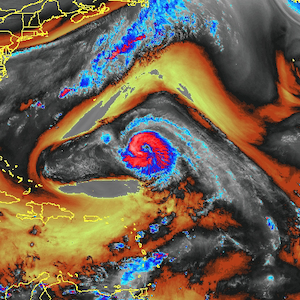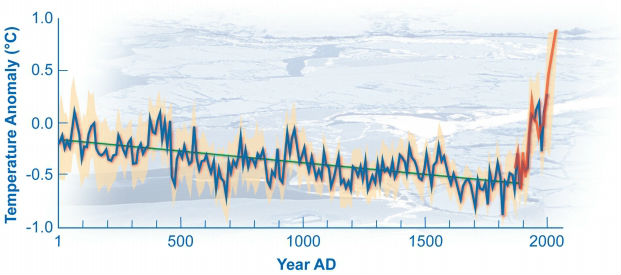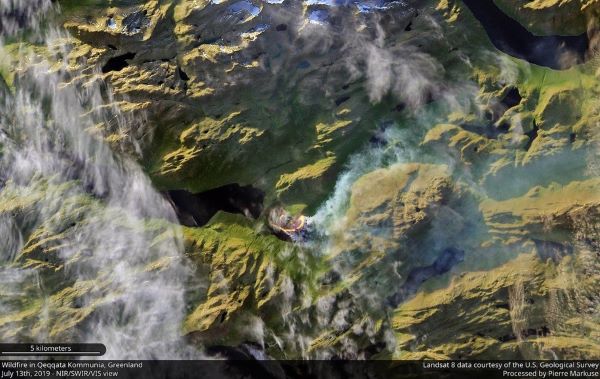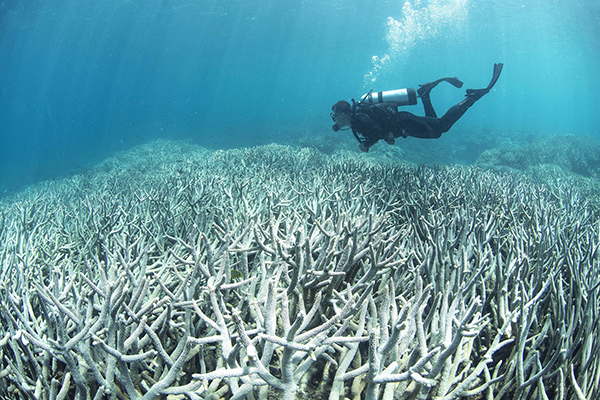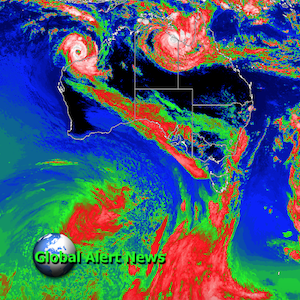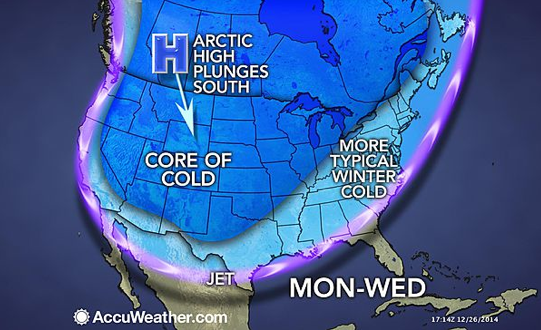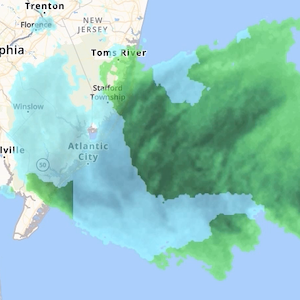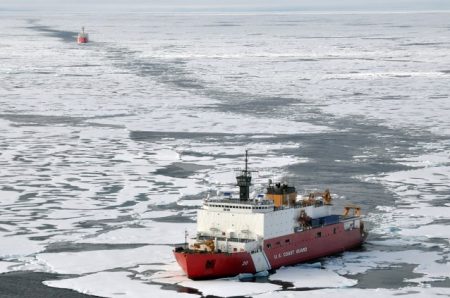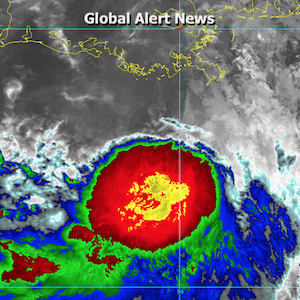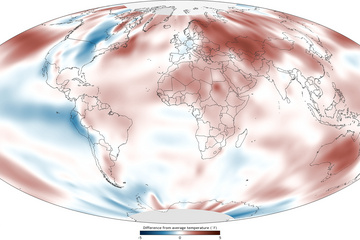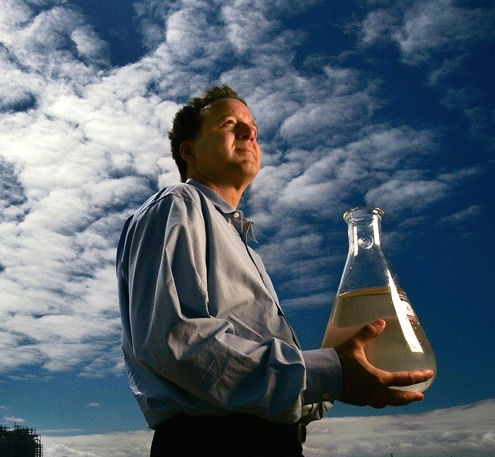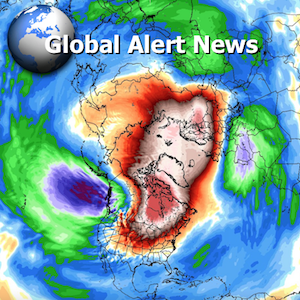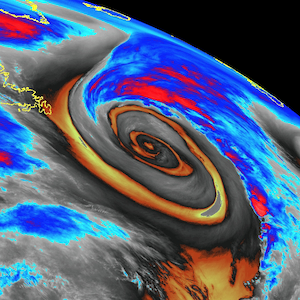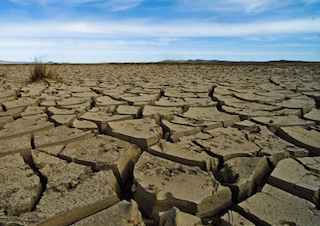Source: Think Progress
Surface layers of the ocean have been warming significantly faster than previous estimates had projected, according to a new study.
The study, published in Nature Climate Change, found that the upper 700 meters (about 2,296 feet) of the ocean have been warming 24 to 55 percent faster since 1970 than previously thought. This difference in estimations is likely due to “poor sampling” of ocean temperatures in the Southern Hemisphere, the study notes. If estimations for temperatures in the Southern Hemisphere are readjusted to fit better with climate models, they increase, the scientists found.
“It’s likely that due to the poor observational coverage, we just haven’t been able to say definitively what the long-term rate of Southern Hemisphere ocean warming has been,” lead author of the study Paul Durack told the BBC. “It’s a really pressing problem — we’re trying as hard as we can, as scientists, to provide the best information from the limited observations we have.”
Meanwhile, temperatures in the deep ocean didn’t increase significantly between 2005 and 2013, according to another study in Nature Climate Change. Both studies noted gaps in data, however, which made uncertainties in temperature estimates more likely. As Science Magazine points out, most ocean temperature readings are collected by buoys that only account for the ocean’s upper 2,000 meters (6,561 feet). With the average depth of the ocean at 4,300 meters (14,107 feet), those buoys are likely missing significant data collection on ocean warming.
“It is time to close the deep-ocean measurement gap and reduce the uncertainties in global planetary energy and sea-level budgets,” Gregory Johnson and John Lyman from the National Oceanic and Atmospheric Administration wrote in Nature Climate Change.
The world’s oceans are estimated to have absorbed about 90 percent of the excess heat caused by climate change so far. And studies have found that deep ocean water has been steadily warming, too. A 2013 study found that 30 percent of ocean warming over the last 10 years has occurred below the ocean’s top 700 meters (2,296 feet).
This warming, along with the acidification of the oceans that also comes along with rising atmospheric carbon dioxide levels, is causing serious problems for sea life. Warmer waters can bleach coral, causing them to be more vulnerable to death. And a study published this week found that it will likely take fish several generations to begin to cope with rising carbon dioxide levels in the ocean.
“How quickly that adaptation will take, we don’t quite know,” Philip Munday, a co-author of the study on spiny damselfish, told the Guardian. “But we do know that projected future CO2 levels will seriously affect the behaviour of fish in ways that won’t be good for populations. It will take longer than a few generations for fish to genetically adapt and we don’t know if they can keep pace with the change.”
Source: Think Progress





